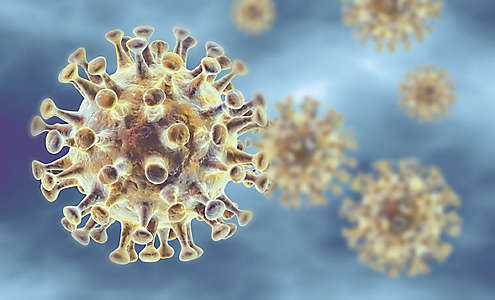Common food myths debunked with Kemin solutions
Sometimes we underestimate the dangers of food safety and in other occasions, our concerns seem to be exaggerated. And given the large amount of misinformation about food circulating, a lot of myths are still assumed to be true. At Kemin, we took a closer look at three common misconceptions. We believe that debunking these myths can help you make more deliberate choices. On top of that, we have several solutions to put these myths to rest, once and for all.
Myth 1: If food looks and smells ok, it is safe to eat.
This is not true. Spoilage bacteria already develop before exterior signs start to kick in. For example, bacteria that cause foodborne illness do not affect the taste, smell or appearance of food. Although they may indicate that something is off, food’s appearance, smell or taste aren’t reliable warning signs to assume a product is safe to eat. Sticking to the ‘use by’ date remains a good touchstone to determine whether to eat something or throw it away.
At Kemin, food safety is of paramount importance. But fact is that microbial spoilage is a key factor in the shelf life of a variety of protein rich food products. To make sure food products are safe to eat for a longer amount of time, we have a very effective solution: BactoCEASE® NV buffered vinegar, a food safety ingredient for meat, poultry and fish. An alternative for chemical preservatives, this clean label product efficiently extends product shelf life by retarding the growth of spoilage bacteria.

